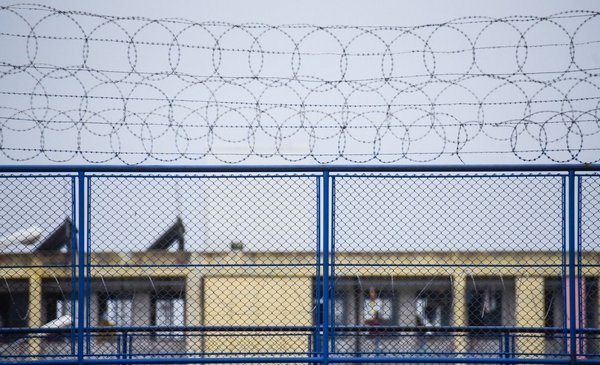Texas has historically been one of the most conservative states in the United States. Also one of the toughest on crime, sending many people to prison with very long sentences for all kinds of crimes.
In the mid-1990s, with 50,000 places, the prison system was insufficient. It was necessary to build 100,000 more seats, which in less than a decade were also insufficient. In 2007 projections indicated that another 17,000 jobs would be needed, for which US$2 billion would have to be spent.
At that point, the conviction came that the situation was not enough, and an unprecedented agreement between Democrats and Republicans gave rise to the “reinvestment in Justice”: Instead of investing in more prisons, invest in alternative measures, programs and services, thus avoiding sending people to prison. The agreement sought certain objectives: stop building more prisons and reduce the number of prisoners without impacting public safety, and save money.
The results “exceeded the wildest hopes.” This was highlighted in Parliament Michelle Deitch, Professor Emeritus of Criminal Justice Policy at the University of Texas at Austin, who led the week in an extensive presentation on this experience. In Uruguay, the Texan experience has been attracting attention for several years. It is set as an example by the parliamentary commissioner Juan Miguel Petit and seen in situ a few months ago by a delegation from the Executive Power, the prosecutor’s office and the judicial system.
The plan not only prevented the construction of more prisons. Texas ended up closing eight centers for seniors and another seven for minors. The crime rate dropped 34% and the prison population dropped 21%, in addition to a 30% reduction in recidivism.
The strategy, Deitch explained, is based on a combination of measures that include probation or parole with community supervision, with a mixture of sanctions and sentences that the system refers to as “graded answers”, which can range from early release to prison if the entire list of sanctions does not take effect.
According to the report presented by the experts, to which he agreed The Observer, The process begins with the “risk assessment” that a recent detainee may represent for public safety. There the primary judge can decide if he goes to jail or remains free while the case against him progresses.
Another consequence was saving money: Instead of spending the $2 billion on more jails, $55 million was invested first in improving community supervision and reducing the number of people sent to prison. Another $241 million went to help those involved find employment and housing, in addition to a strong focus on mental health and addictions. Thus, the state avoided having to spend almost 90% of what it had initially projected.
For Deitch, the results of the Texan experience motivate reflection. “We cannot solve a problem of overpopulation by building more squares”, said. “If we do, we will be creating an insatiable need to build more.” pointed. The specialist also remarked that the true commitment is not to punish someone and send them to prison, but to make them face their criminal behavior and get them to change their behavior.







